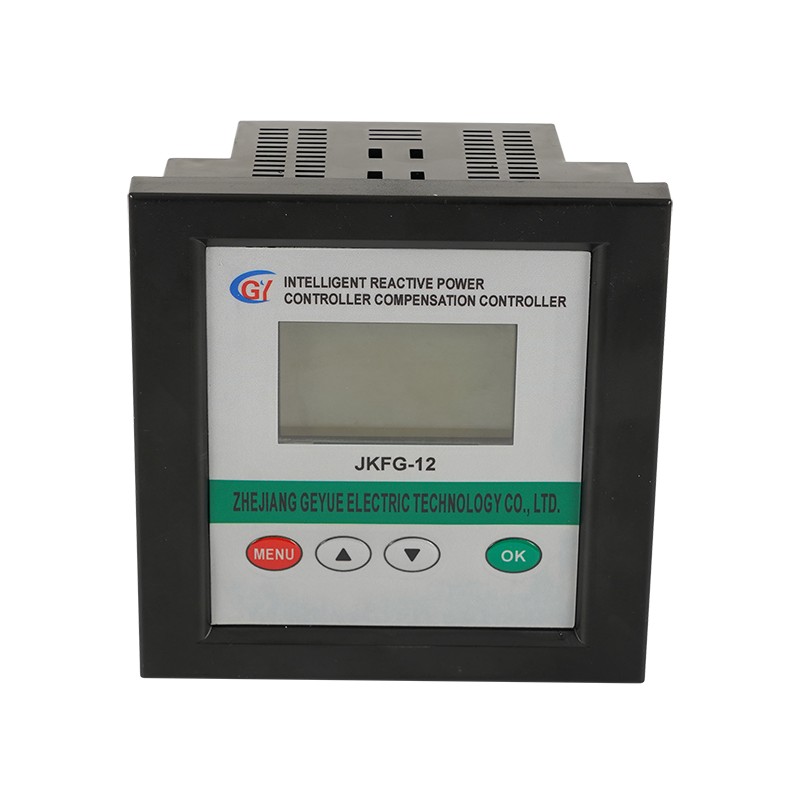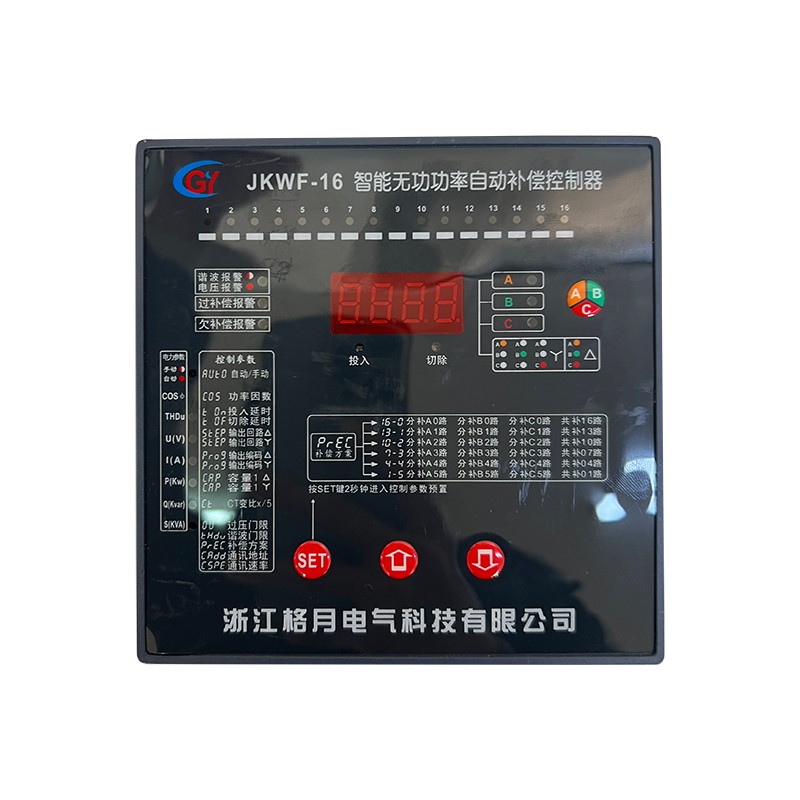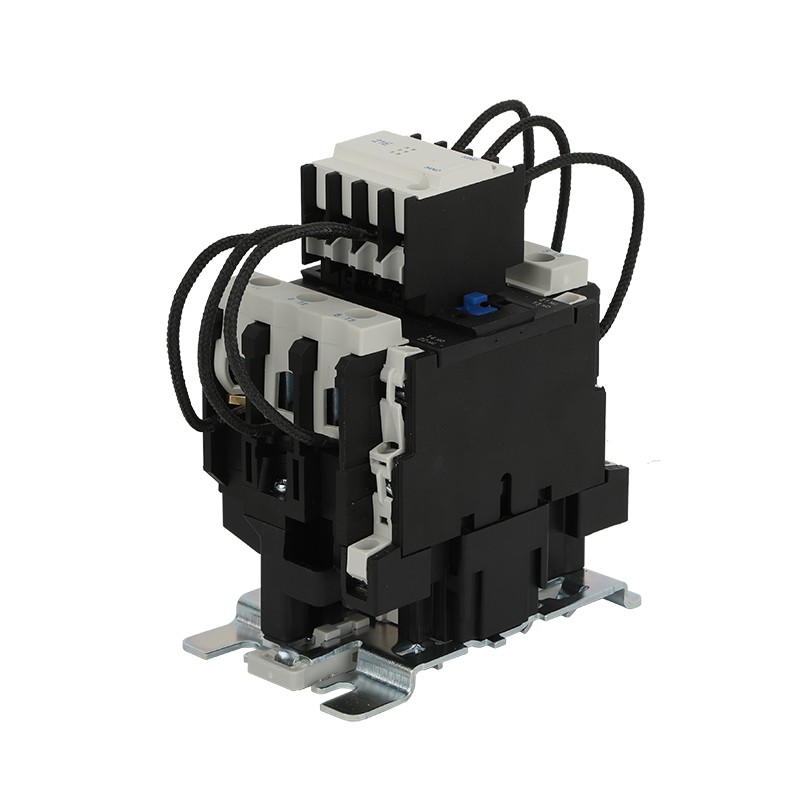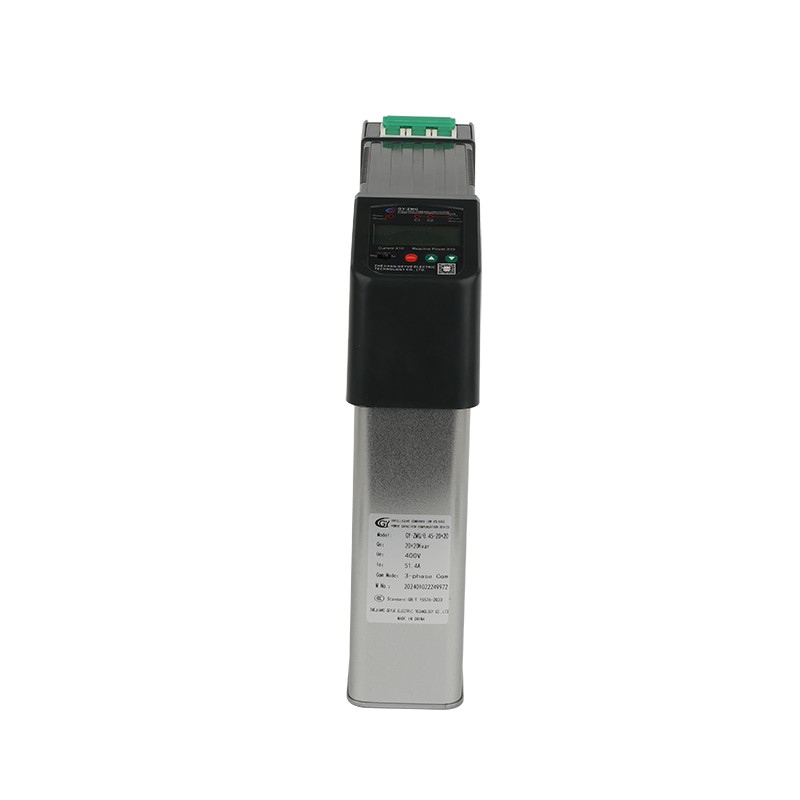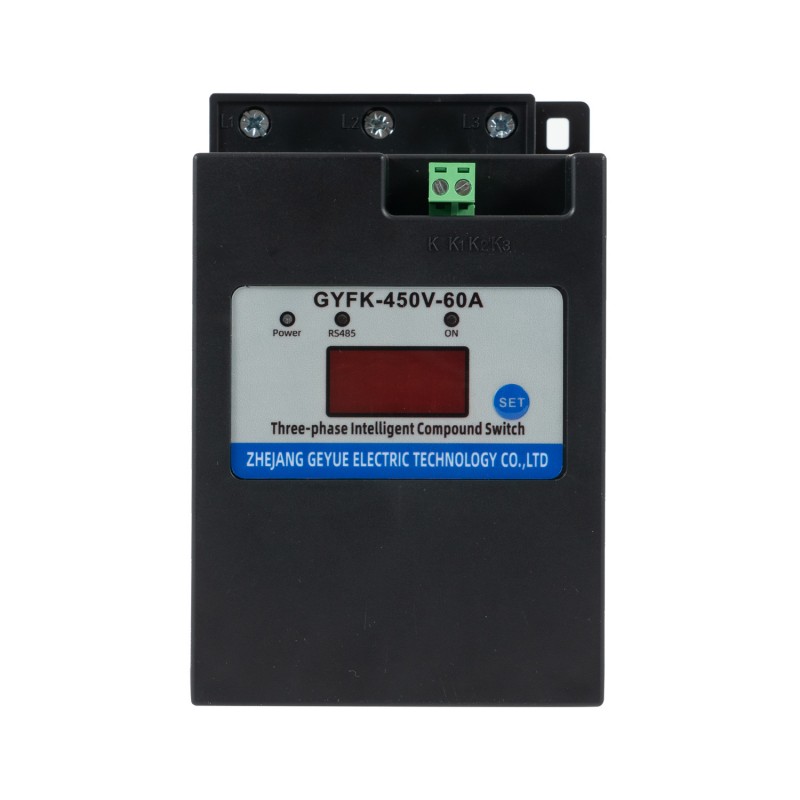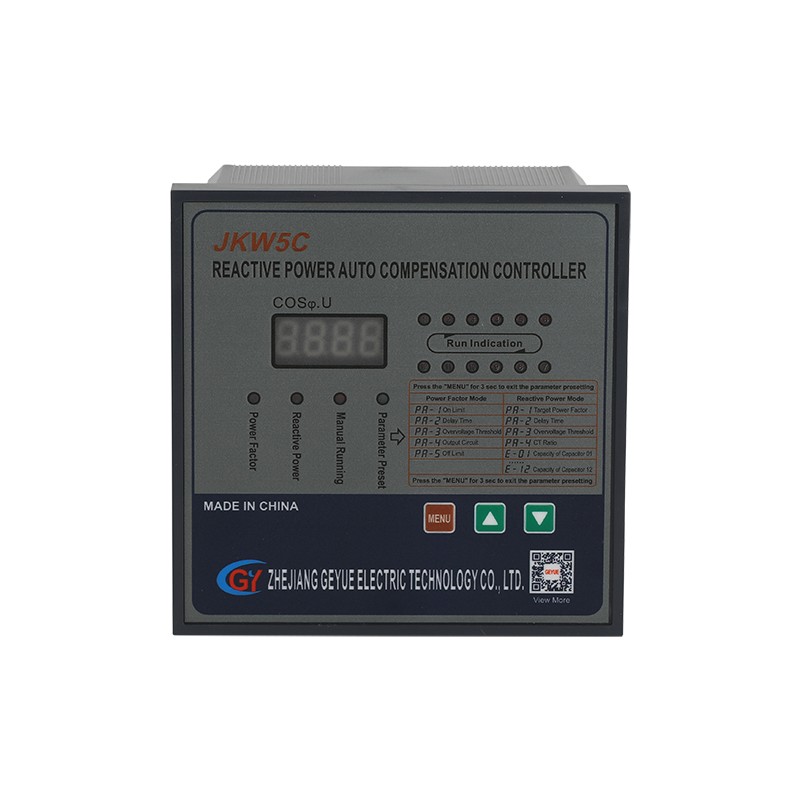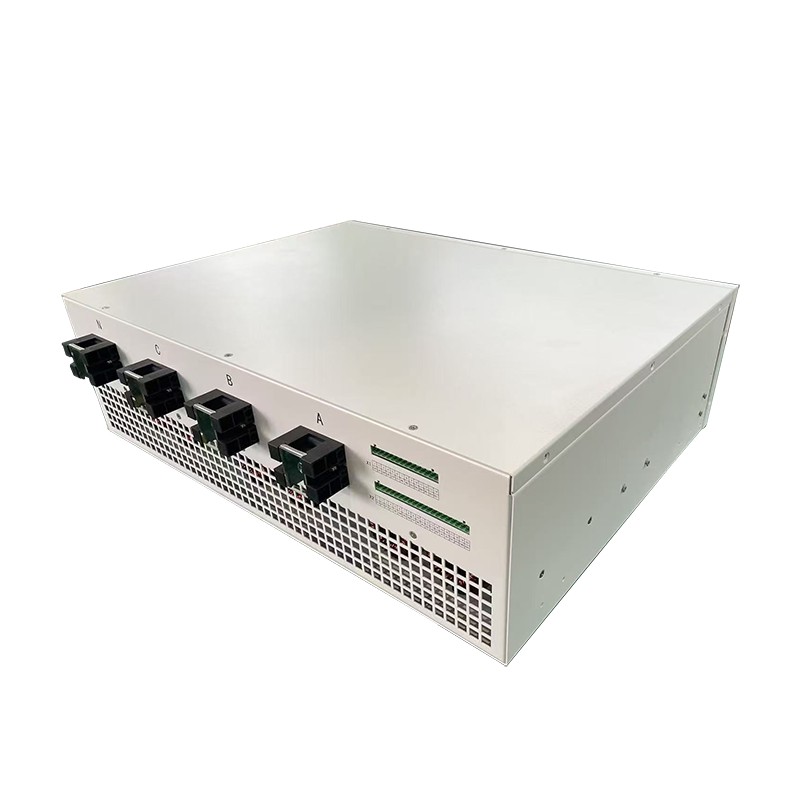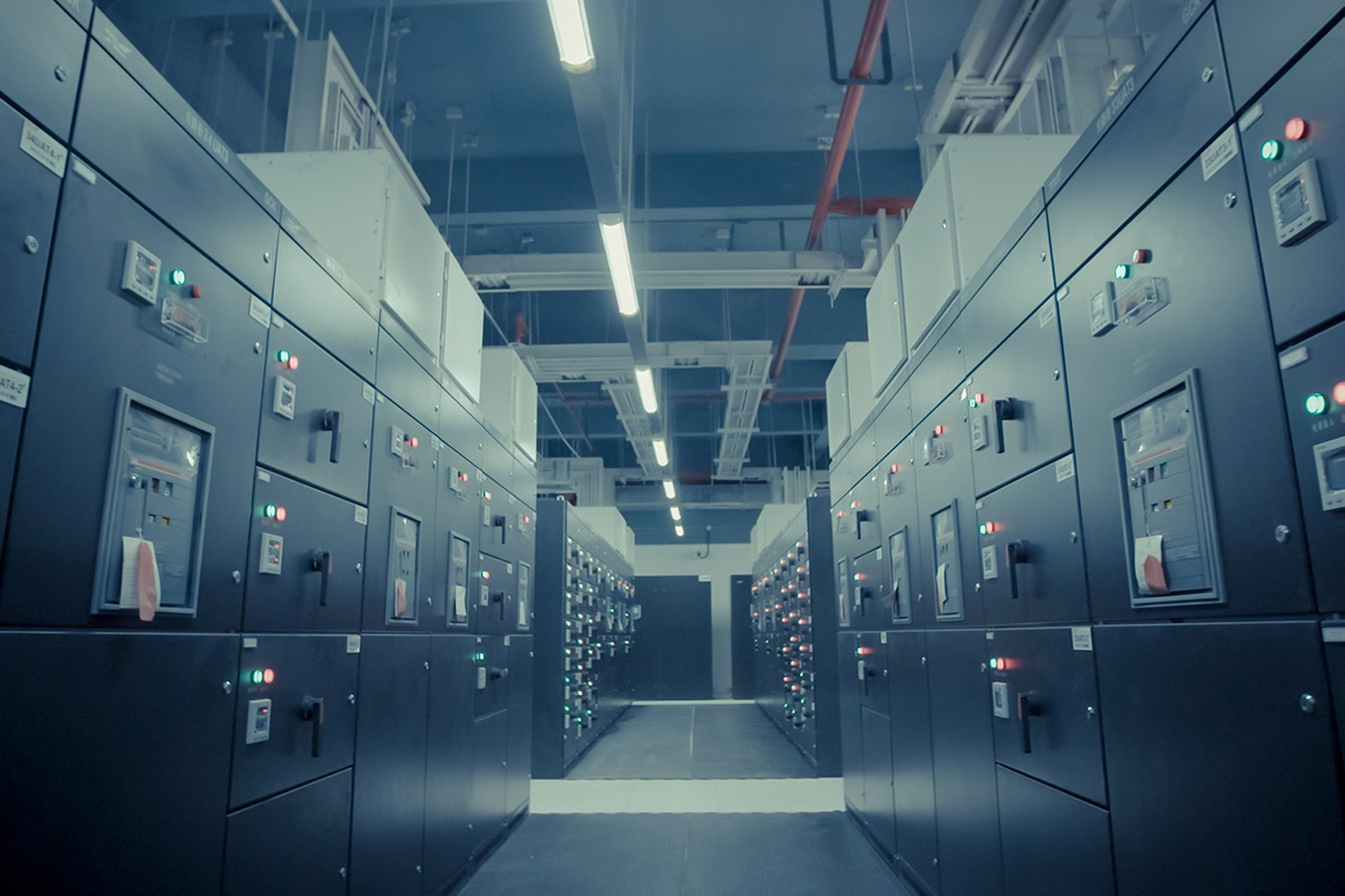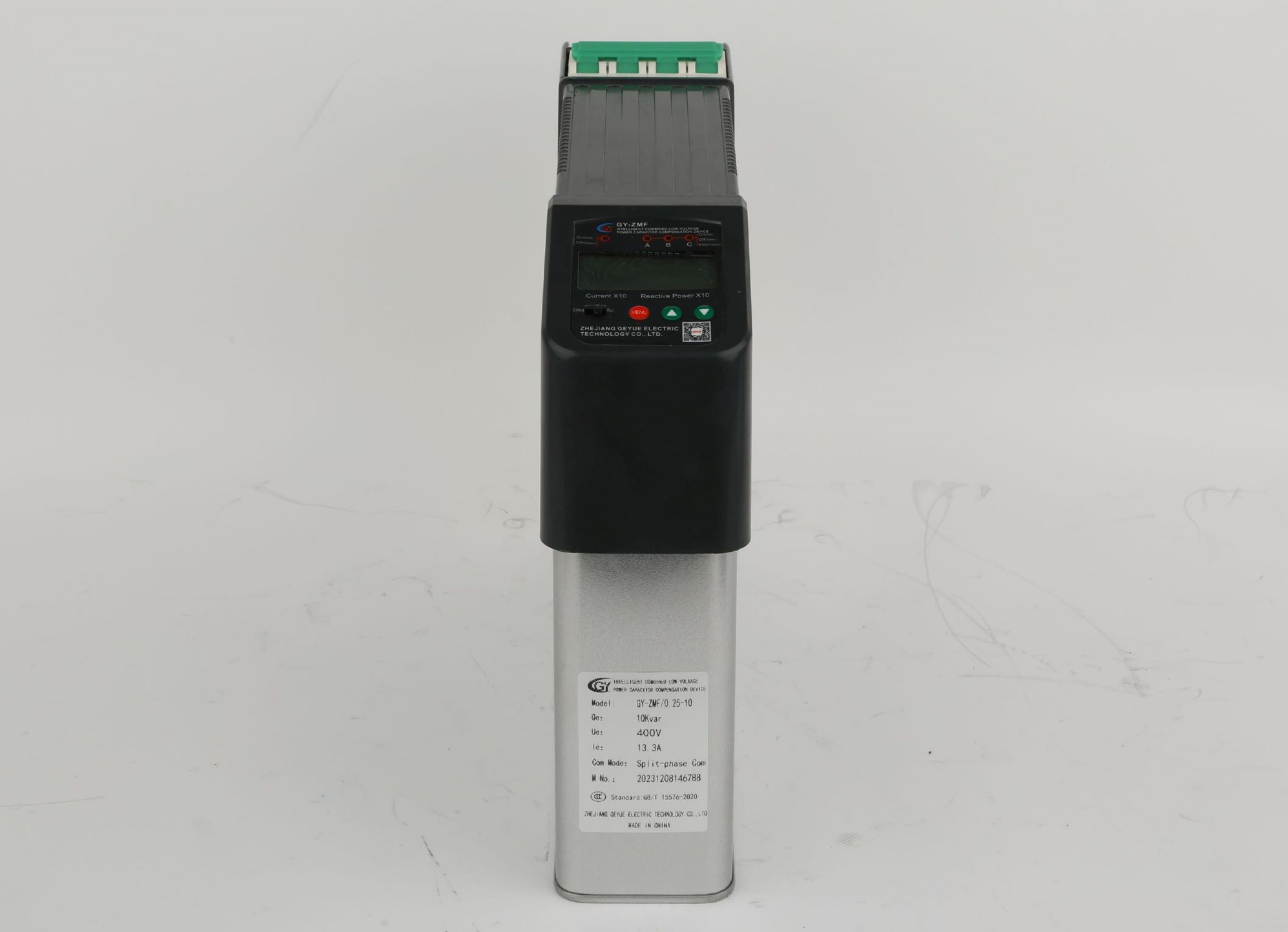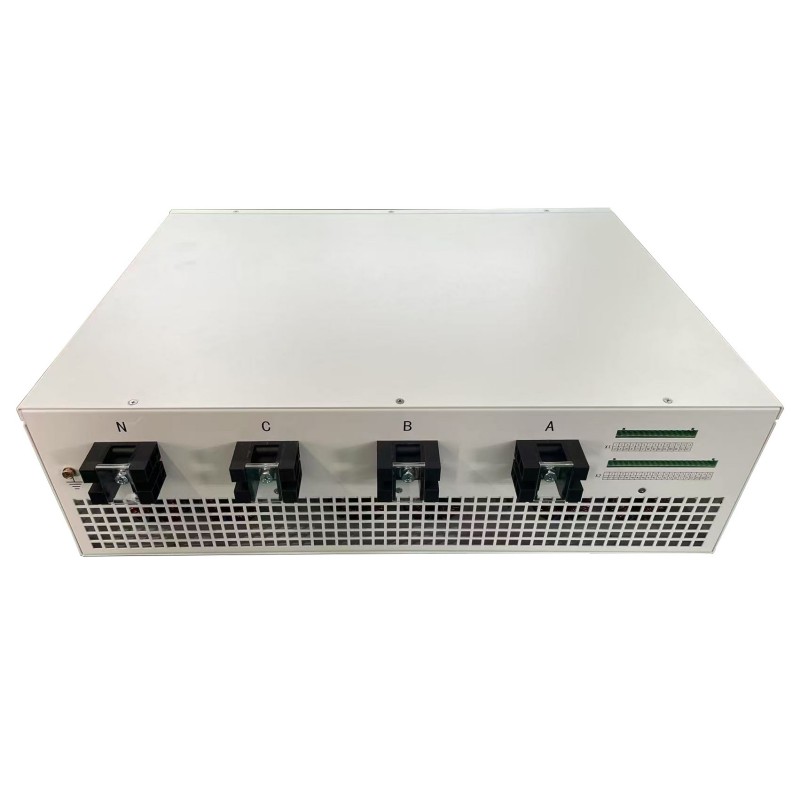How do Anti-Harmonic Compound Switches Solve Power Quality Problems in the Manufacturing Industry?
Introduction
In modern industrial manufacturing environments, power quality issues are becoming increasingly prominent, especially harmonic pollution, which has become a significant factor affecting production stability and equipment safety. The widespread use of nonlinear loads such as rolling mills, arc furnaces, and frequency converters has led to a significant increase in harmonic content in the power grid, posing severe challenges to power equipment. The performance of harmonic suppression switches is a decisive factor in determining the reliability and economic benefits of the power supply system. This article will delve into the technical features of harmonic suppression switches and their application value in industrial manufacturing.
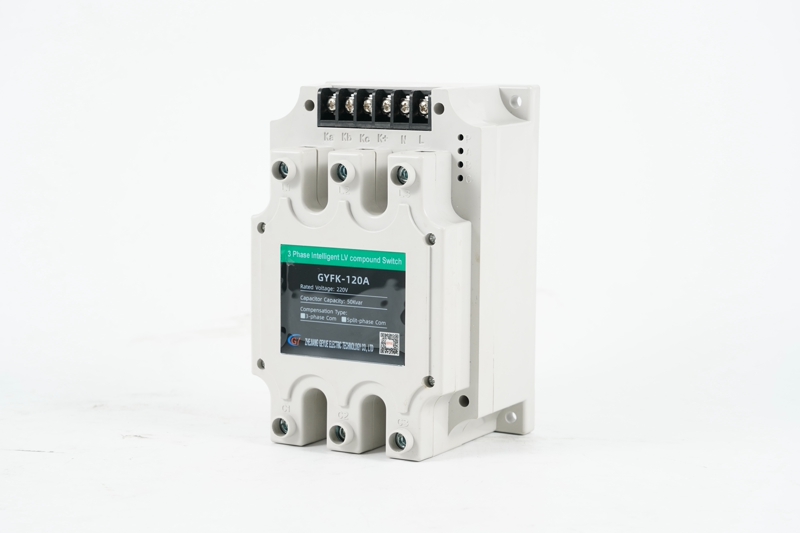
Analysis of the Industrial Impact of Harmonic Issues
Harmonic issues in the industrial manufacturing sector are unique. Harmonics generated by the startup and shutdown of high-power equipment not only cause voltage distortion but can also lead to equipment overheating and false protection trips. Long-term field testing has found that the third, fifth, and seventh harmonics are most common in typical industrial scenarios, with the fifth harmonic having a particularly significant impact on power systems. Harmonic currents generate additional losses when flowing through transformers and lines, reducing equipment life. More seriously, harmonics can cause parallel resonance, leading to abnormally high local voltages and threatening equipment insulation safety.
Technical Features of Harmonic-Resistant Composite Switches
During the R&D process, our engineering team focused on the switch's harmonic resistance. The new compound switches utilizes a unique magnetic circuit design that optimizes magnetic flux distribution to effectively suppress the effects of harmonic magnetic fields. A key advantage lies in its contacts, made of a special alloy material that offers exceptional arc and welding resistance. This switch provides peace of mind and increased safety for your equipment. Its key components are durable and spark-resistant. The contacts are made of a special alloy material, offering excellent resistance to arcing and welding. The switch also features a built-in harmonic monitoring module that continuously collects grid data and automatically analyzes harmonic content. If excessive harmonics are detected, the system automatically adjusts the switching sequence to avoid harmonic peaks, significantly reducing the risk of operational overvoltages.
Core Technology Innovations
This product's innovation lies in the deep integration of harmonic monitoring and switch control functions. We have developed an adaptive harmonic suppression algorithm that dynamically adjusts switch parameters based on real-time harmonic data. The switch's arc extinguishing system has been specially optimized, employing a multi-stage arc suppression design to ensure reliable disconnection even in harmonic environments. The insulation material is a nanocomposite material with excellent corona resistance, effectively preventing partial discharge. These technological innovations extend the product's electrical life in harmonic environments to more than three times that of conventional products, extending the maintenance cycle to five years.
Practical Application Verification
We conducted long-term tracking and monitoring of harmonic suppression compound switches at a large steel company. Data showed that the switching overvoltage generated during switching was reduced by approximately 60%, and the failure rate of capacitor banks decreased by 45%. The company's power quality was significantly improved, with the total harmonic distortion (THD) rate dropping from 8.3% to 3.5%, and the power factor stabilizing above 0.95. These improvements not only enhance power supply reliability but also save the company approximately 800,000 yuan in electricity costs annually.
Maintenance Tips
To ensure the long-term and stable operation of harmonic suppression composite switches, we recommend that users establish a regular inspection system. A comprehensive inspection should be conducted every six months, including cleaning the insulation surface, tightening the terminals, and verifying the protection settings. The operating environment of the switch should be controlled within a temperature range of -25°C to +55°C, with a relative humidity not exceeding 85%. When system harmonic content remains persistently high, consider installing a tuned reactor to form a complete harmonic mitigation solution.
Future Development Outlook
With the advancement of Industry 4.0, harmonic suppression compound switches will become more intelligent. Next-generation products will integrate more advanced sensors and communication modules to enable condition monitoring and predictive maintenance. We are researching AI-based harmonic identification technology, which will enable more precise harmonic suppression in the future. Furthermore, miniaturization and modularization of switches are also important development directions to meet the installation requirements of diverse industrial scenarios.
Conclusion
As a key device for industrial power quality management, the technical level and reliability of harmonic suppression compound switches directly impact the production efficiency of manufacturing enterprises. Through continuous technological innovation and product optimization, we are committed to providing industrial users with more efficient and reliable harmonic mitigation solutions. Going forward, we will continue to focus on industrial development needs, continuously improve product performance, and provide strong support for the transformation and upgrading of the manufacturing industry.
- Can Cylinder Self-healing Shunt Capacitor Become the Ideal Choice for the Smart Grid Era?
- Apart from Saving Electricity Costs, What Value does Low-Voltage Reactive Power Compensation Bring to Enterprises?
- How does the Temperature Dependence of a Capacitor's Capacitance Value affect the Tuning Point of a Detuned Filter Circuit?
- Is There a Non-Invasive Way to Monitor the Internal Health of Power Capacitors, Such as Their Equivalent Series Resistance (ESR)?
- What Is the Concept of "Reactive Power Banking" or "Reactive Power Dispatch" in a Smart Grid Context?
- What Are the Recycling and Disposal Plans for Self-Healing Shunt Capacitors after the End of Their Life Cycle?

